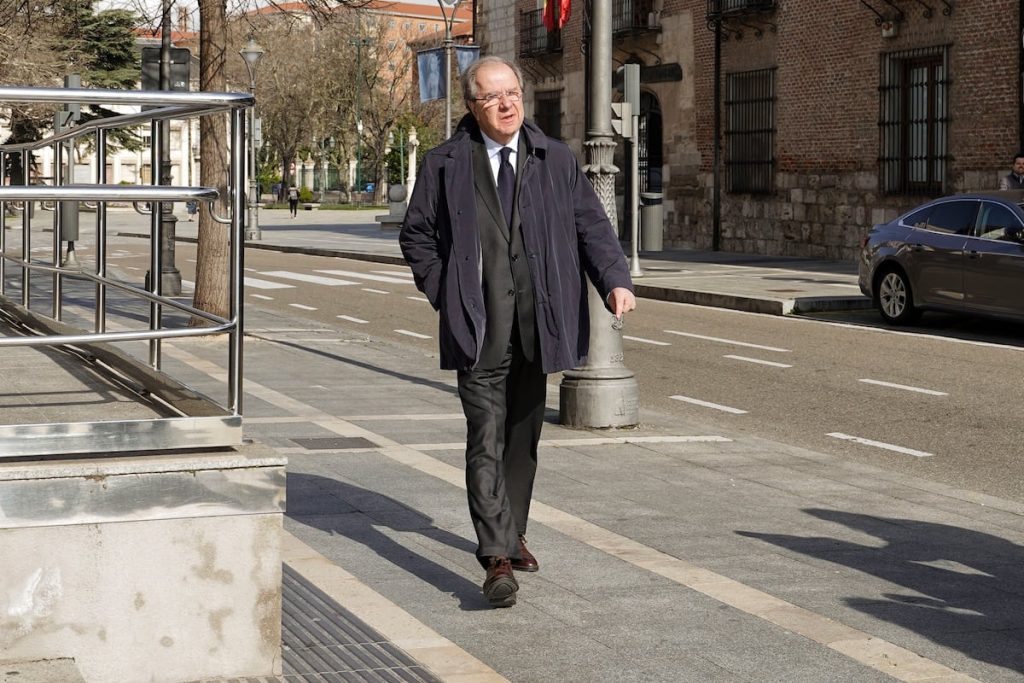The case known as Perla Negra involves corruption in the purchase of a plot of land and a building for the Economy Department of Castilla y León, resulting in 20 million in overpricing and benefiting affiliated companies. The orders for these transactions were given by Tomás Villanueva, who was in charge of controlling and supervising them. Many individuals involved claimed ignorance of the details of the transactions in 2005, emphasizing that Villanueva was the mastermind behind the controversial acquisition. The trial in the Provincial Court of Valladolid, which began in March after 11 years of investigation, saw accusations directed at several politicians and businesspeople, with the prosecution seeking a total of 79 years in prison and significant fines.
The main figures in the case include Villanueva and several high-ranking officials such as Rafael Delgado, Begoña Hernández, and Juan Carlos Sacristán, who are facing allegations of corruption. Despite attempts by their defense lawyers to distance them from the criminal activities, evidence has shown personal connections between the officials and the implicated businessmen. Villanueva, who passed away in 2017, held a prominent position in the government for 18 years and was trusted by then-President Juan Vicente Herrera, who described him as a personal friend. Herrera defended the purchase of the disputed buildings, stating that he was initially unaware of the high costs involved and relied on the expertise of Villanueva and the team at Gesturcal.
During the trial, key testimonies revealed a pattern of decision-making that revolved around Villanueva, with his subordinates claiming to have simply followed his orders without question. Delgado and Hernández, successors to Villanueva in the Department of Economy and Employment, maintained their innocence and placed responsibility for the transactions solely on their deceased superior. However, the prosecution raised concerns about the lack of accountability among the officials involved, arguing that they could have refused to carry out the transactions if they disagreed with them. The trial also shed light on personal connections between the officials and the businessmen involved, raising further questions about potential conflicts of interest.
The trial also explored the acquisition of other properties, including land for an industrial estate in Portillo, with suspicions of additional financial irregularities. Witness testimonies highlighted the lack of oversight and transparency in the decision-making process, with officials claiming ignorance or deferring responsibility to Villanueva. The proceedings showcased a widespread lack of awareness among officials regarding the financial implications of the transactions, with the prosecution questioning the extent to which they were complicit or negligent in the corruption scandal.
Despite efforts to shift blame onto the deceased Villanueva, the prosecution and other parties involved in the trial expressed skepticism about the officials’ claims of ignorance. The defense strategy of highlighting Villanueva as the driving force behind the transactions was met with skepticism, as prosecutors argued that the officials could have taken steps to prevent the corruption if they had disagreed with the decisions. The trial concluded with the prosecution presenting its final arguments, emphasizing the need for accountability and transparency in government transactions to prevent future instances of corruption. The case of Perla Negra serves as a cautionary tale about the consequences of unchecked power and the importance of ethical conduct in public administration.















